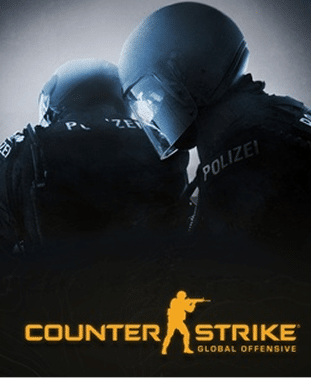Esports 5 years on: Where is the industry headed in the future?
Jake Nordland, Senior Editor
Last Updated: 23/02/2021
Esports is a relatively young and quickly evolving landscape, but industry trends give hints as to how the scene might develop over the next 5 years, writes Jake Nordland…
In 1972, Stanford University played host to what is now considered to be the first ever esports event. The competition, for the videogame Spacewar!, awarded a year’s subscription to Rolling Stone magazine – and free beer.
Since then, though, esports has graduated from beers to billions. Today, the global esports industry is worth around $1bn and top tournaments award multi millions, not magazines.
Even 5 years ago, few would have predicted that the League of Legends World Championship would match the viewership figures of the Super Bowl. So what will esports look like 5 years from today?
The global esports industry is slated to continue growing rapidly over the next 5 years. Analyst Newzoo estimates esports revenues will reach around $1.6bn by 2023, maintaining a 15% annual growth rate.
The UK boasts an almost 8% share of this ballooning global market, according to an esports report commissioned by Ukie, and is welcoming increasing recognition as a valuable part of the UK’s fast-growing digital and creative industries sector.
As expected, future growth will continue to be driven by sponsorship revenue, Newzoo forecasts.
Global heavyweight brands including BMW (now a flagship sponsor of London-based Fnatic), IBM, Levi’s and Marvel Entertainment all entered the esports space in 2020 alone, a trend set to intensify in forthcoming years as the industry grows in size and legitimacy.
But newer trends in monetisation are also projected to proliferate. Digital goods such as in-game esports team skins and esports organisation-affiliated content creators, are expected to play bigger roles as revenue streams in the industry.
Esports audiences additionally bear indicators of continued growth. Globally, esports had a 495m strong audience in 2020 according to Newzoo. By 2023, viewership is predicted to eclipse 646m, with a 10.4% annual growth rate promising even further development in the following years.
Some 1.2m Brits watch esports in the UK, according to Kantar. But with 2bn people now aware of esports globally, China and emerging markets in Latin America, Southeast Asia and the Middle East will be at the hlme of the scene’s persistent expansion of awareness.
As audiences flourish, this growth is trending towards greater diversity. The last few years have seen a proliferation of organisations and initiatives promoting gender-inclusivity in esports, such as the UK-based Women in Games, Women of Esports, British Esports’ Women in Esports initiative, FemaleLegends, as well as recent events including For the Women (FTW) and others.
Consumer insights agency Interpret found that women comprised 35% of esports viewers in 2019, a figure that has consistently trended upward over the last two years.
With a 6% increase in female viewership since 2016 and a host of brand new events, tournaments and advocacy groups pledging to democratize representation in esports across gender, background and other metrics, the industry looks poised for a more inclusive future.
The next 5 years might well upend how – and which – esports are played.
Mobile has recently been touted as a new pillar of the esports industry, and is increasingly contributing to industry growth. With smartphone access reducing barriers to entry, and spurred by the popularity of free-to-play competitive games such as PUBG Mobile in emerging markets, mobile esports is solidifying into an unignorable trend for the coming years.
Riot Games has also announced esports plans for its new League of Legends mobile game, Wild Rift.
We may also be treated to major new esports titles. 4 years ago, Fortnite and Valorant didn’t exist. Yet in 2019 alone, Epic Games pumped $100m into its nascent Fortnite esports scene – around $1m of which UK teenager Jaden ‘Wolfiez’ Ashman took home, a player that’s now signed to Excel Esports.
And 2020 saw Valorant make its thunderous foray into a market long dominated by esports staple Counter Strike (on the FPS front, anyway). With the success these games have enjoyed, new titles might well be dominating headlines by 2026.
Exactly where esports is headed remains to be seen as the dust settles on a debilitating pandemic, though esports looks to have fared well amidst a virus that largely confines us to our screens. But with promising trends set for the next 5 years, an exciting future is afoot.
Further reading: With spectators returning to some live sports events in the UK, when will esports follow suit? We ask epic.LAN, ESL UK and Gfinity for their views
Stay Updated with the Latest News
Get the most important stories delivered straight to your Google News feed — timely and reliable





From breaking news and in-depth match analysis to exclusive interviews and behind-the-scenes content, we bring you the stories that shape the esports scene.
Monthly Visitors
User Satisfaction
Years experience











